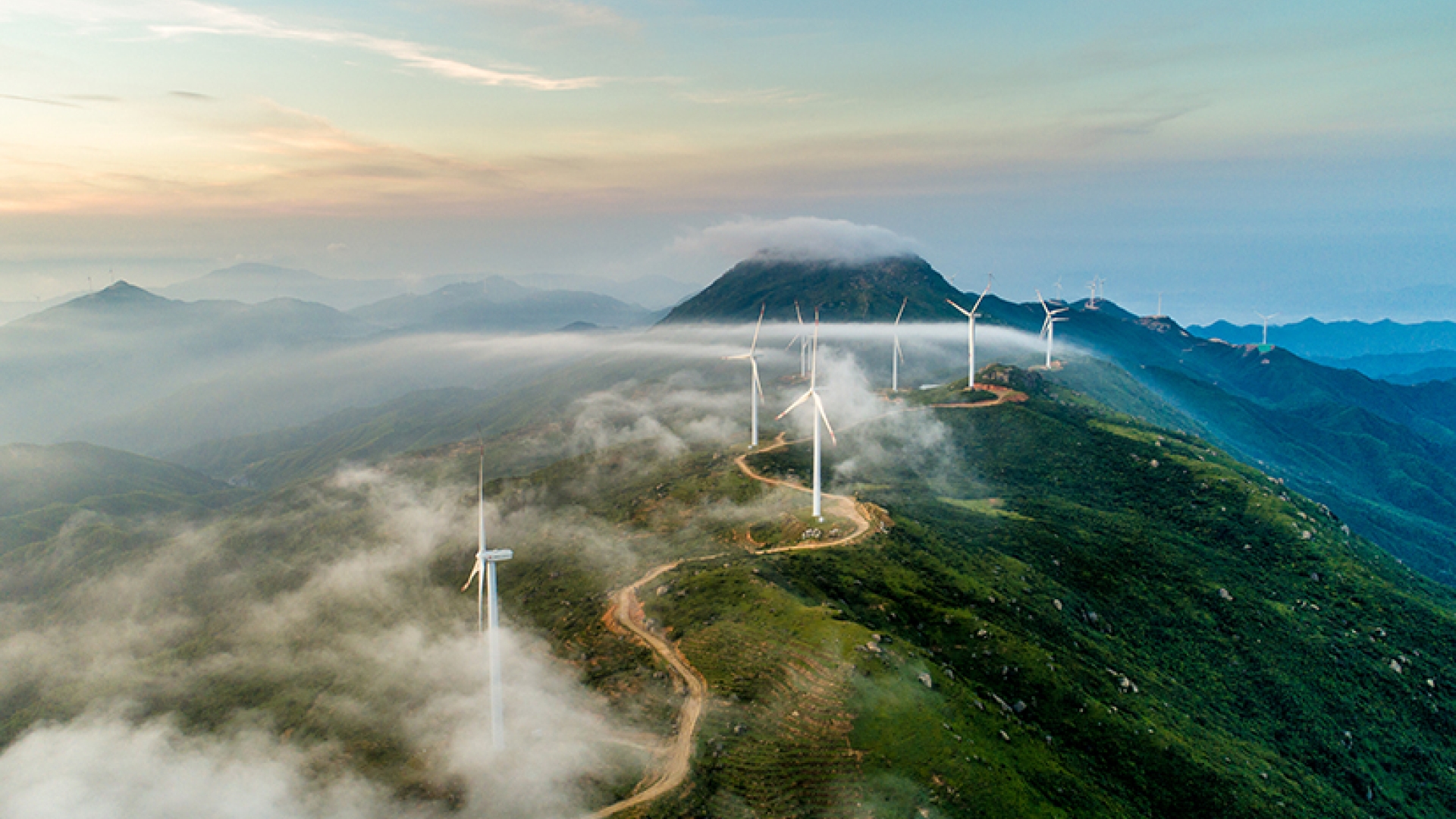Energy IQ : Five insights into the future of energy for energy consultants – Part I
We are forecasted to experience one of the most significant transitions in the energy industry over the next two decades, as electricity challenges oil’s role as the most popular form of energy in final consumption.
By Aytek Yuksel, Content Marketing Leader - Power Systems

This on-going transition creates the need for businesses to re-visit their energy management strategies and capitalize on the associated opportunities. Energy consultants play the thought leadership role as businesses seek to optimize their energy management strategies during this transition.
The International Energy Agency annually releases its World Energy Outlook with an objective of deepening our understanding of the future of energy. This report is over 800 pages, and has great insights around the future of energy. In this two-part blog post, we have summarized five insights every energy consultant needs to know when it comes to the future of energy.
No. #1: Electricity use grows faster than energy demand
Demand for energy is forecasted to grow 1% a year until 2040, while the electricity use is forecasted to grow twice as fast. While the use of electric vehicles is one of the most highlighted reasons for this increased demand, there are three other more impactful drivers of this increase: industrial motors, household appliances and cooling needs.
This increased demand for electricity will strengthen its position as the second most popular choice of energy in final consumption, challenging oil's positions at the top. A mix of technologies will fuel this transition, where solar PV and wind will take the lead. By 2040, more of our electricity will be through renewable sources than fossil fuels.
No. #2: Two technologies are forecasted to make the biggest gains in levelized cost of electricity (LCOE)
While building a new coal plant no longer offers the lowest LCOE in many regions, existing coal plants continue to have the lowest LCOE across most regions today. Meanwhile, there are two technologies that are making big gains to deliver lower LCOE in the next two decades: offshore wind and solar (PV).
Offshore wind is positioned to experience the biggest gains in lowering LCOE and is expected to be even less than solar PV in regions such as China and the European Union. Moreover, offshore wind projects already feature annual capacity factors of 40-50%, which are well above capacity factors for solar PV and approximately the same with gas-fired power plants in several regions.
Energy consultants play a key role in shaping our energy future by acting as guides to their customers and partners from commercial to industrial markets. Insights shared in this article are aimed to keep the energy consultants' perspective of the future fresh and current.
Part II of this article will highlight three more insights focused on increasing the need for flexibility, scalability of renewables and how subsidies for renewables compare with subsidies for fossil fuel consumption. Sign up below for Energy IQ to receive Part II and other relevant insights about energy management. To learn more about distributed generation solutions Cummins Inc. offers, visit our webpage.
Think your friends and colleagues would like this content? Share on LinkedIn and Facebook.
Author Profiles

Aytek Yuksel, Content Marketing Leader - Power Systems
Aytek is a marketing leader at Cummins, focusing on technology and thought leadership. Since joining in 2008, he has held various marketing roles and now shares insights on markets, technologies, and energy transition. Aytek lives in Minneapolis with his wife and two kids.
Related Tags